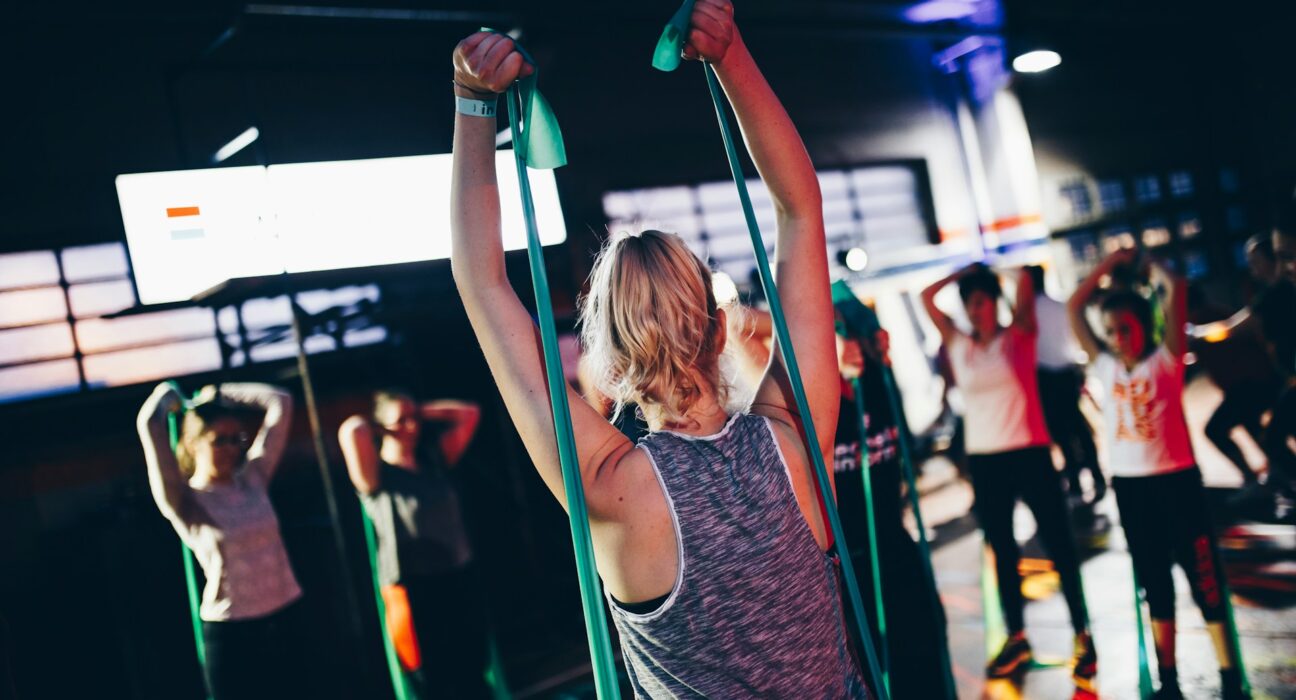Maintaining strength, stamina, and mobility as we age is not just about aesthetics or temporary goals. It’s about building a foundation that supports independence, reduces the risk of falls, and protects against chronic diseases well into our later years. Resistance training stands out as one of the most effective methods to support longevity and bone health, as well as enhance overall quality of life.
This post breaks down essential resistance training exercises tailored for lasting strength, better bone density, and improved mobility. Read on to explore practical routines, learn how to boost hip mobility, and see how regular fitness exercises can translate into greater wellness throughout life.
Why Resistance Training Matters for Longevity
The Science Behind Strength and Lifespan
Countless studies have shown that resistance training does more than just build muscle. It’s key to preserving bone density, especially in adults over 40. Regular lifting or bodyweight work delays age-related muscle loss (sarcopenia), supports metabolic health, and keeps you capable in everyday tasks.
- Key benefits:
- Preserves muscle mass
- Maintains or increases bone density
- Improves insulin sensitivity
- Reduces risk of falls and fractures
Resistance Training and Disease Prevention
Muscle building through resistance training can help prevent or manage diseases such as osteoporosis, type 2 diabetes, and cardiovascular conditions. Multiple large-scale studies report that adults who engage in regular resistance training enjoy a significantly lower risk of mortality compared to those who don’t.
The Importance of Hip Mobility in Fitness Routines
Why Hip Mobility Is Crucial
Tight or weak hips are a common contributor to back pain, poor posture, and reduced mobility. Improving hip mobility not only supports effective resistance training but also enhances balance and coordination, which are vital for healthy aging.
Daily Exercises for Better Hip Function
Consistent work on hip mobility pays dividends:
- Hip flexor stretches: Hold each stretch for 20–30 seconds.
- Standing leg swings: 10–15 reps per leg.
- Glute bridges: 10–15 reps to activate the hips and glutes.
- 90/90 hip rotations: 8–10 reps, focusing on smooth, controlled motion.
Warm up with these moves before your main fitness exercises to maximize your results and reduce injury risk.
Resistance Training Fundamentals for Beginners
How to Get Started
If you’re new to resistance training, begin with bodyweight movements before adding weights or bands. Focus on mastering the technique and gradually increase the intensity.
Key guidelines:
- Start with 2–3 sessions per week
- Rest at least 48 hours between similar muscle group workouts
- Prioritize full-body routines over isolated movements
Foundational Compound Movements
Compound exercises recruit multiple muscle groups at once, making them efficient and highly effective:
- Squats (bodyweight or weighted)
- Push-ups (on toes or knees)
- Deadlifts (bodyweight, dumbbell, or barbell)
- Rows (bodyweight, resistance band, or dumbbell)
These movements lay a solid groundwork for long-term fitness and are crucial in any resistance training program.
Building Bone Health with Weight-Bearing Exercises
Why Bones Need Resistance
Bones regenerate in response to stress from physical activity. Weight-bearing resistance exercises stimulate new bone growth and slow the loss of bone density that naturally occurs as we age.
Types of bone-strengthening exercises:
- Weighted squats or lunges: Target the large bones of the legs and hips.
- Overhead presses: Load the shoulders and upper spine.
- Step-ups: Simulate climbing, augmenting hip and knee strength.
Aim for at least two strength-training sessions per week, using moderate to heavy resistance (relative to your fitness level), to truly impact bone health.
Monitoring Bone Density
If you have risk factors for osteoporosis, consider periodic bone density scans and adapt your fitness exercises in consultation with a healthcare provider.
Muscle Building for Lasting Strength
Progressive Overload Principles
To build and maintain muscle, you need to challenge your muscles gradually with increased weights, repetitions, or sets. This approach, known as progressive overload, is key for continual improvement.
Tips to accelerate muscle building:
- Track your weights and reps weekly.
- Add small increments as you grow stronger.
- Include rest days for muscle recovery.
- Focus on protein-rich nutrition for muscle repair.
Combining Resistance with Functional Fitness
Add functional exercises to your resistance program. These exercises mimic everyday movements:
- Farmer’s carry: Hold challenging weights and walk 20–30 meters.
- Step-ups: With or without weights to simulate climbing stairs.
- Single-leg balance drills: Improve stability and proprioception.
This combination keeps fitness routines engaging and relevant to real-world tasks.
Advanced Exercise Strategies for Longevity
Incorporating Variety in Your Program
Changing exercise selection, tempo, or resistance method prevents plateaus and supports joint health. Incorporate resistance bands, kettlebells, or suspension trainers periodically to challenge your body in new ways.
Examples:
- Resistance band rows and presses create constant tension.
- Kettlebell swings develop hip strength and power.
- TRX squats allow for gentle support and controlled depth.
Recovery and Mobility as Priorities
Active recovery techniques, such as foam rolling, yoga, or gentle mobility sequences, reduce soreness and aid muscle growth. Aim for 7–8 hours of restful sleep per night to maximize the benefits of your training routine.
Don’t forget to include at least one dedicated mobility or stretching session per week. This will maintain hip mobility and help prevent injuries.
Staying Consistent for Lifelong Results
Building Habits That Support Longevity
Consistency trumps intensity for long-term gains. Set realistic, achievable goals and celebrate progress, no matter how small. Pair your resistance training with regular walking or cardio for improved cardiovascular health and well-rounded fitness.
Workouts can be as short as 30 minutes if you stay focused and limit distractions. Find a schedule that fits your lifestyle and track your achievements for ongoing motivation.
Social Support and Fitness Community
Joining a class or sharing your fitness goals with friends and family can increase accountability and make workouts more enjoyable. Many enjoy small group sessions or community fitness activities, which add a social element to the longevity journey.
Take the Next Step Toward Lifelong Strength and Health
Longevity and bone health are within reach for anyone willing to commit time and effort to resistance training. From improving hip mobility to expanding muscle building, adopting smart fitness exercises will help you thrive at any age. Assess your current fitness routine and incorporate these resistance training strategies for benefits that go beyond the gym.
Want to learn more about designing a personalized program? Connect with a certified trainer or health professional, and start your next chapter with optimal strength, flexibility, and vitality.







